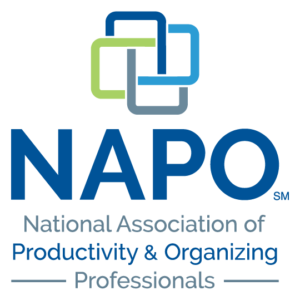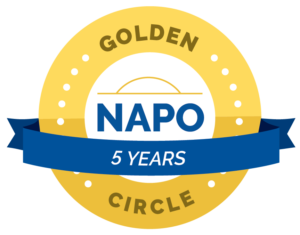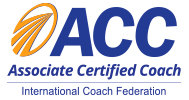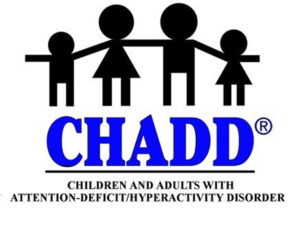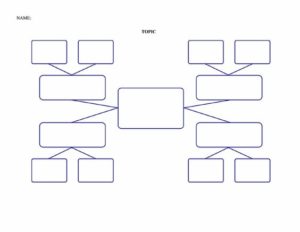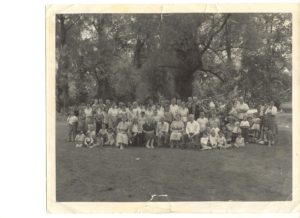 Our family just held our annual family reunion. It was an amazing 3-day event with up to 60 people participating in the main event on Saturday. Participants ranged from 7-months to 86-years old. Pulling off an event of this magnitude with such a varying age range can be quite the feat, requiring a ton of planning and patience.
Our family just held our annual family reunion. It was an amazing 3-day event with up to 60 people participating in the main event on Saturday. Participants ranged from 7-months to 86-years old. Pulling off an event of this magnitude with such a varying age range can be quite the feat, requiring a ton of planning and patience.
Here’s how we made it work:
- Select an event chair, or better yet, a couple of co-chairs to handle the planning and coordination. Depending on the size of the reunion, you may only need one, but for 3-day event and 60 participants, it was great to spread the event coordination around a bit
- Decide on a time of year and venue.
Our reunion is always held around the 4th of July (easy travel for everyone, generally not a lot of competing events like there would be in the November/December time period, the weather is predictable, events can be held outside, etc.) and it’s always held at the same place.
Choose the venue carefully. If someone’s home can manage it, great. If you need to rent a space, be sure to get that done early. If you are coordinating people from across the country, attempt to find a venue that is geographically central, not requiring people to travel too great of distances.
- Set up early and frequent communication. The more communication there is around your family reunion, the better opportunity to get people excited and eager to attend.
If possible, include some fun stories and photos from previous reunions to pique people’s interest.
Be careful to include communication styles that everyone can participate in. For example, although e-mail is efficient, not everyone uses e-mail. If e-mail is your chosen mode of communication, make sure someone is assigned to pass on the pertinent information to those who don’t get e-mail. (My 88-year old Mom doesn’t have an active e-mail account so my brother prints e-mails for her.)
- Create a spreadsheet or mind map including everything that needs to be in place for a successful reunion. Be sure to include:
Food: Solicit volunteers to bring specific dishes or categories of food (i.e. appetizers, main course, vegetables, dessert, bread, beverages, etc.). Solicit information regarding specialty food requirements, possibly requesting participants bring their own specialty food and beverages.
Games: Solicit volunteers to manage entertainment for all ages. For example, sidewalk chalk and bubbles for the younger ones, badminton for the older kids, and video games for all ages.
Functional needs for the event: For example, determine who will be decorating, ensuring sufficient silverware/plates/glasses are available, making certain all the potluck food makes it to the serving table (we missed putting the Jello out one year and no one needs Jello for 60 after the event), managing the trash, locating the First Aid kit and sunscreen and bug spray and so on and so on and so on.
- Solicit volunteers . . . and lots of them. When John Heywood quoted “many hands make light work” he probably wasn’t thinking about family reunions at the time, but the phrase holds true. Everyone (age appropriate) should be part of the planning and execution process. Too few people trying to handle too many things may result in a less successful event, stress, and hurt feelings.
- Pack your patience and gratitude. Events of this magnitude can be stressful. Chances are things will not go 100% to plan. Dinner may be late, participants may not bring the items they committed to, children may not get along, etc. Keep in mind the reason for the event . . . connecting people and sharing love.
- Be sure to take lots of photos. It’s possible the family reunion may be the only time some of the cousins, aunts, and uncles may see each other. Photos are a great way to keep the connection after the event is over. Plus, for events that are held multiple years, it’s fun to see how people have changed.
- Take lots and lots of notes. If there are plans to repeat the tradition, having notes from the previous year(s) will be invaluable. How many adults/children were present? How much of the main course was consumed? What other food was available? What beverages were available and how much was consumed? How many people participated in particular events?
- Ask for feedback. When holding any kind of event, it’s great to solicit feedback from attendees. What did they like? What didn’t they like? What would the like to see more of? Less of? Was the timing right? Was the venue appropriate? Knowing what worked and didn’t work will make next year’s event that much more successful!
A well-planned and executed family reunion will allow you to create and rekindle connections, share experiences, and provide a base for ongoing commitment to family.
Cindy Jobs, COC, ACC
Looking for more information?
Click here for 15-minute organizing tips.
National Association of Productivity & Organizing Professionals, Seattle Chapter Vice-President
International Coach Federation
Institute for Challenging Disorganization
Level I Certificates earned in Chronic Disorganization; ADD; Client Administration; Time Management; Mental Health; and Hoarding.
Level II Specialist Certificates earned in Chronic Disorganization and ADHD

